In the vast world of wine, there is a never-ending debate between White Zinfandel and rosé. These two pink-hued wines have captured the attention and taste buds of wine enthusiasts worldwide, igniting a fierce rivalry fueled by personal preferences and an insatiable quest for the perfect summer sipper.
Key takeaways
white zinfandel is made using zinfandel grapes
it is the product of a stuck fermentation of red wine
rosé wine is drier than white zinfandel wine
pink wines are made using red wine grapes like pinot noir, mourvedre, syrah and other types
Red wines vs light pink
While some argue that White Zinfandel is the epitome of refreshing sweetness, others proclaim that rosé embodies elegance and complexity in every delicate drop. As we delve deeper into this battle of pink wines, let us explore their origins, production methods, flavor profiles, and ultimately determine which one reigns supreme on our palates.
Prepare to embark on a tantalizing journey through grape varietals and winemaking techniques as we unlock the secrets behind these beloved vinos.

Zinfandel grapes
White Zinfandel wine is often misunderstood and even looked down upon by wine connoisseurs. However, this blush-style wine has its own unique charm and deserves a closer inspection. Contrary to popular belief, White Zinfandel is not made from white grapes; it is crafted using the red-skinned Zinfandel grape variety.
What is White Zinfandel Wine
The distinct pink hue of this wine arises from minimal skin contact during fermentation, resulting in a lighter color and more delicate flavors.
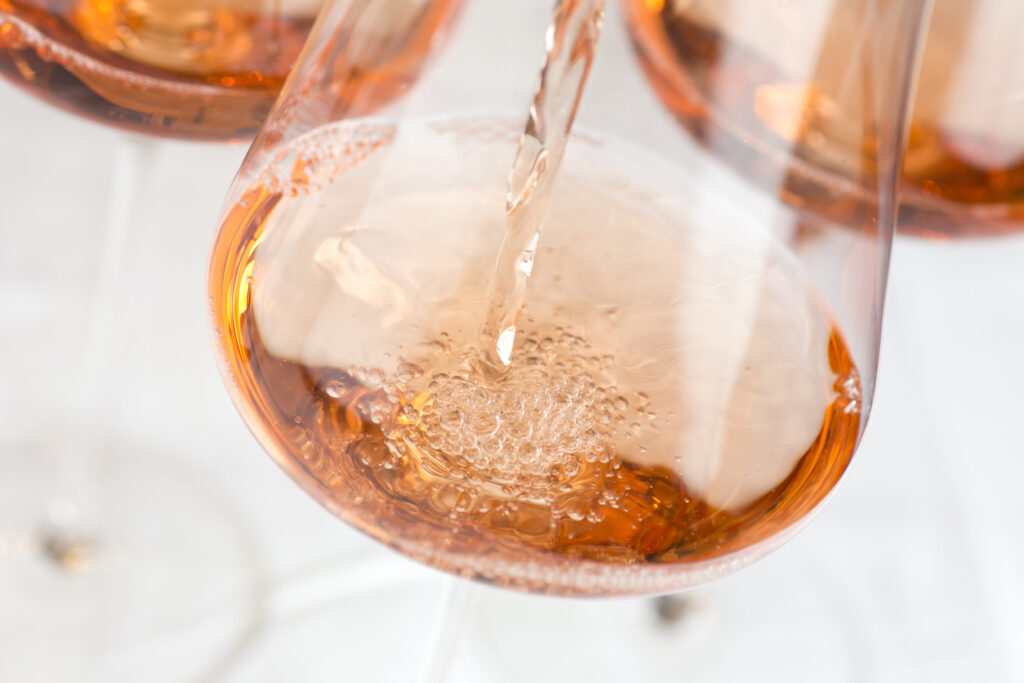
One of the most appealing qualities of White Zinfandel is its refreshing nature. It tends to have a slightly sweet profile with notes of ripe strawberries and watermelon, making it an ideal choice for those who prefer an easy-drinking and approachable wine. Its versatility also makes it perfect for pairing with a range of foods – from spicy Asian cuisine to light salads or even barbecue favorites like grilled chicken or seafood.
How was White Zinfandel Rosé Wine Discovered
White Zinfandel wine, known for its light and refreshing taste, wasn’t always the popular choice it is today. In fact, its discovery was more of a fortunate accident than a deliberate creation. Back in the 1970s, a winemaker named Bob Trinchero was aiming to produce a dry version of red Zinfandel wine. However, during fermentation, something unexpected happened—the yeast got stuck and left residual sugars in the wine.
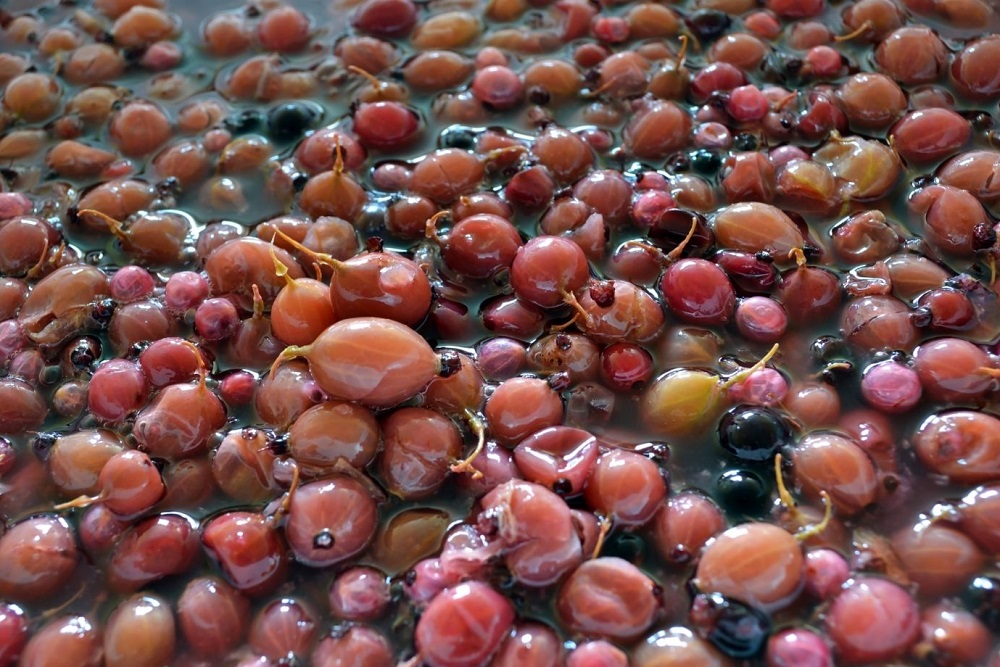
Rather than discarding this mistake, Trinchero decided to continue with the process and bottled it as White Zinfandel. To his surprise, this semi-sweet light pink still wine gained immense popularity among consumers who praised its easy-drinking nature. What had initially been perceived as an error turned out to be a breakthrough moment for California winemaking.
European Rosé Wines
European Rosé wines have been captivating wine enthusiasts around the world with their delicate flavors and elegant profiles. One of the most renowned regions for producing exceptional rosé is Provence, France. Provence’ dry rosé canés are known for their pale pink color, crisp acidity, and vibrant aromas of strawberries and citrus fruits. These wines are perfect for sipping on a warm summer day or pairing with fresh seafood dishes.
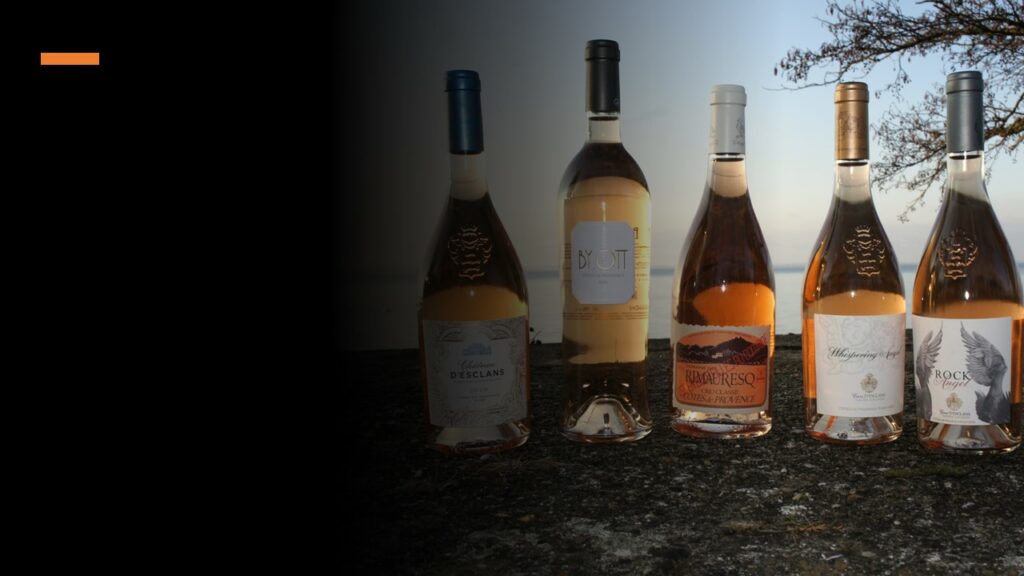
However, don’t overlook the delightful rosés coming out of other wine part of Spain. In recent years, Spanish winemakers have been experimenting with different grape varieties to create unique rosé expressions. From Garnacha-based pink wines in Rioja to light-bodied Rosado wines from Navarra, Spain has something to offer every rosé lover. Expect refreshing flavors of red berries and watermelon coupled with a touch of Mediterranean herbs in these Spanish gems.

Italy, famous for its bold reds and elegant whites, also has much to offer when it comes to rosé wines. From the northern region of Piedmonte comes Nebbiolo-based rosados that exhibit remarkable depth and complexity. These velvety textured Rosés display notes of wild strawberries, Rosés, and even a hint of truffle at times as they beautifully showcase the versatility of this noble grape variety.
White Zinfandel vs Rose wine
While both White Zinfandel and Provence Rosé fall under the category of pink wines, their differences are stark and significant. For starters, the grapes used in each wine create distinct flavor profiles. White Zinfandel is made from a red grape variety called Zinfandel, while Provence Rosé is typically crafted from blend of red grapes such as Grenache, Cinsault, and Syrah. This distinction affects not only the taste of red wine, but also the color of the final product.
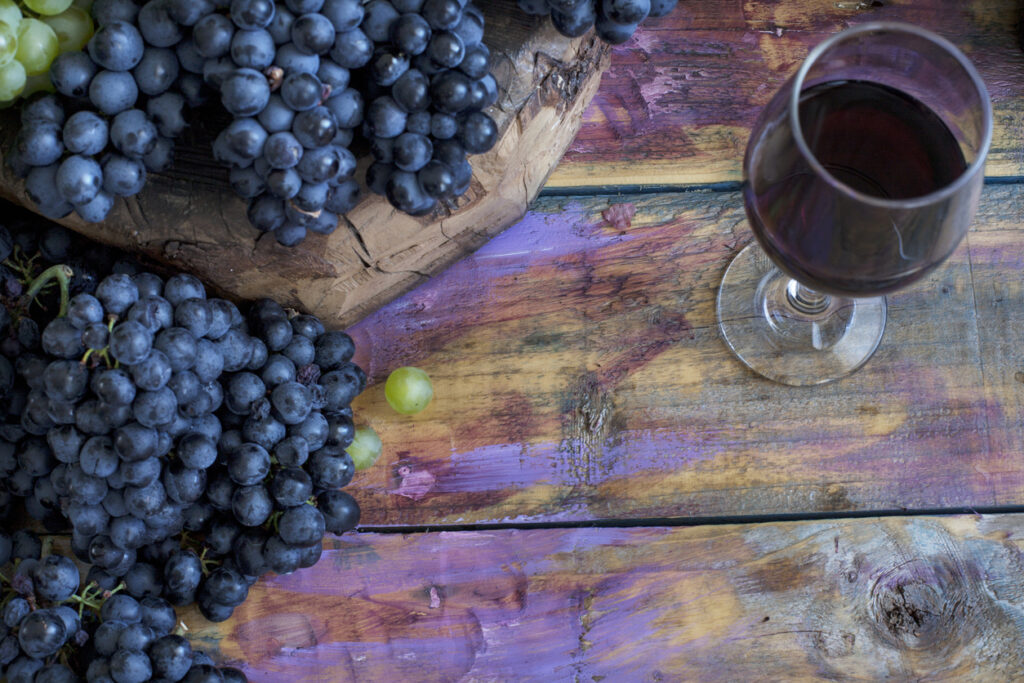
Appearance of white zinfandel wine
In terms of appearance, White Zinfandel tends to be a pale pink color with hues ranging from salmon to coral. Its lightness gives it an approachable and refreshing character that pairs well with casual meals or outdoor gatherings. On the other hand, Provence Rosé boasts a vibrant and delicate shade of pink that is often referred to as eye-catching. The visually appealing nature of this wine adds to its elegance and allure.
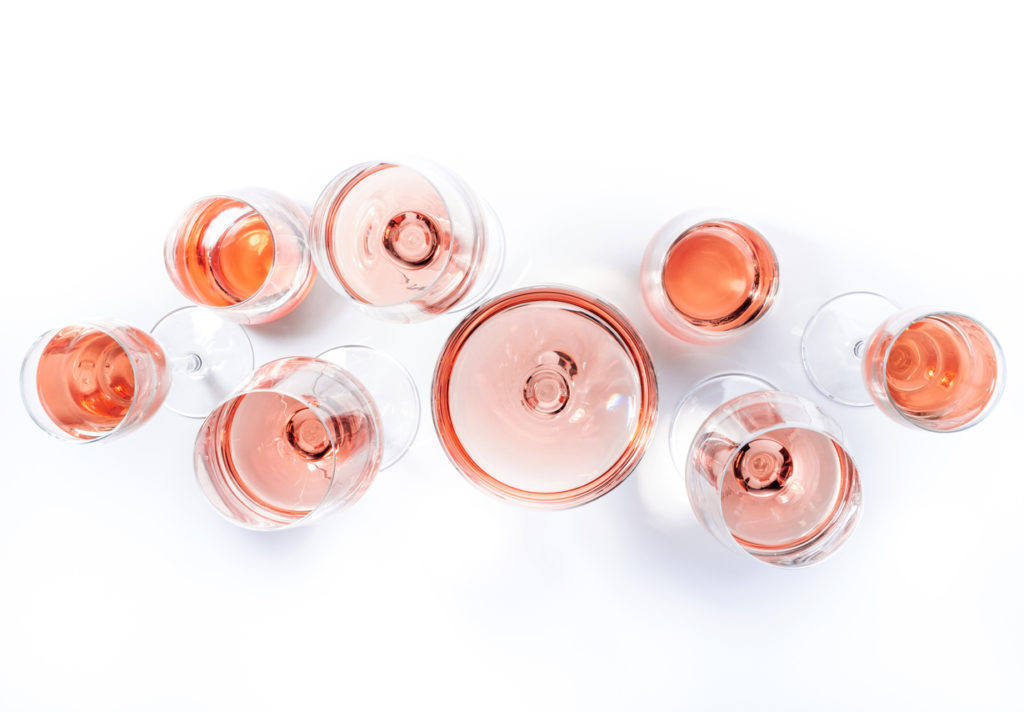
Moreover, there is a notable difference in sweetness between these two types of rosé wines. While White Zinfandel leans towards the sweeter end of the spectrum with flavors reminiscent of ripe berries and jam, Provence Rosé exudes a drier profile with hints of fresh fruits like strawberries and citrus zests. This divergence allows for varied pairings: White Zinfandel effortlessly complements spicy foods thanks to its touch of sweetness, whereas Provence Rosé’s dryness suits lighter dishes such as salads or seafood.
Why does white Zinfandel have a bad reputation
White Zinfandel has garnered a bad reputation due to its perception as a cheap and overly sweet wine. This misconception is partly fueled by the mass-produced, low-quality versions flooding the market. Many serious wine connoisseurs dismiss it as unsophisticated and lacking complexity, preferring more traditional dry wines. The pink hue of White Zinfandel itself contributes to its stigmatization, often associated with beginner drinkers or casual sipping.
However, it’s essential to acknowledge that not all White Zinfandels are created equal. Some producers craft high-quality versions that showcase delicate flavors and balanced sweetness, offering a refreshing alternative to heavier red wines.
Wine Spectator notes that these refined expressions can impress even the most discerning palates when approached with an open mind.
Are white wines used for roses ?
In rare cases white grapes which are used for white wines can be found in rose wine. You can find Picpoul de Pinet grapes or Clairette Blanche in rose wines from the Rhone Valley.
Prominent examples for this blending method are the Miraval rosé wines.
Food Pairing of White Zinfandel and Provence Rosé
When it comes to food pairing, White Zinfandel and Provence Rosé provide two delightful options that perfectly complement a variety of dishes. White Zinfandel, with its fruity and slightly sweet taste, pairs well with lightly spiced cuisine such as Thai or Indian dishes. The wine’s acidity helps cut through the richness of these flavors while enhancing the aromatic spices present in the food. Additionally, White Zinfandel’s refreshing profile makes it an excellent choice for pairing with seafood, particularly shellfish like shrimp or lobster.
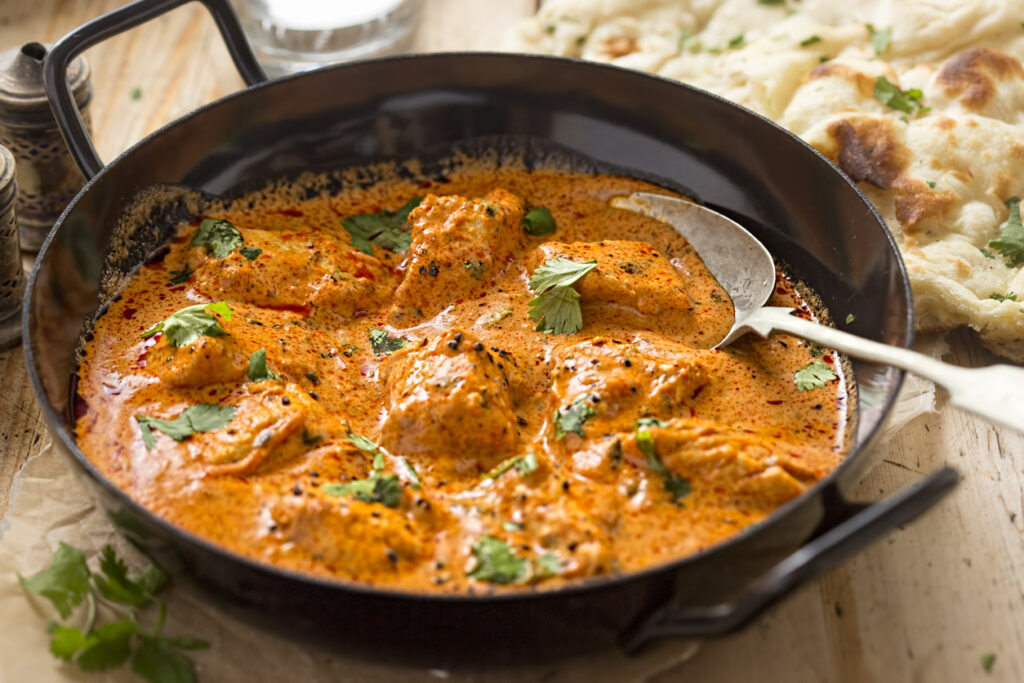
On the other hand, Provence Rosé offers a more delicate and crisp flavor profile that lends itself well to light and fresh dishes. This wine is ideal for pairing with Mediterranean cuisine such as salads, grilled vegetables, and feta cheese.
Its fruity undertones complement the bright flavors found in these dishes while the dryness of the wine cuts through any richness or saltiness present in cheese or grilled meats. Furthermore, Provençal Rosé is also a fantastic match for sushi due to its ability to balance out the soy sauce and wasabi flavors without overpowering them.
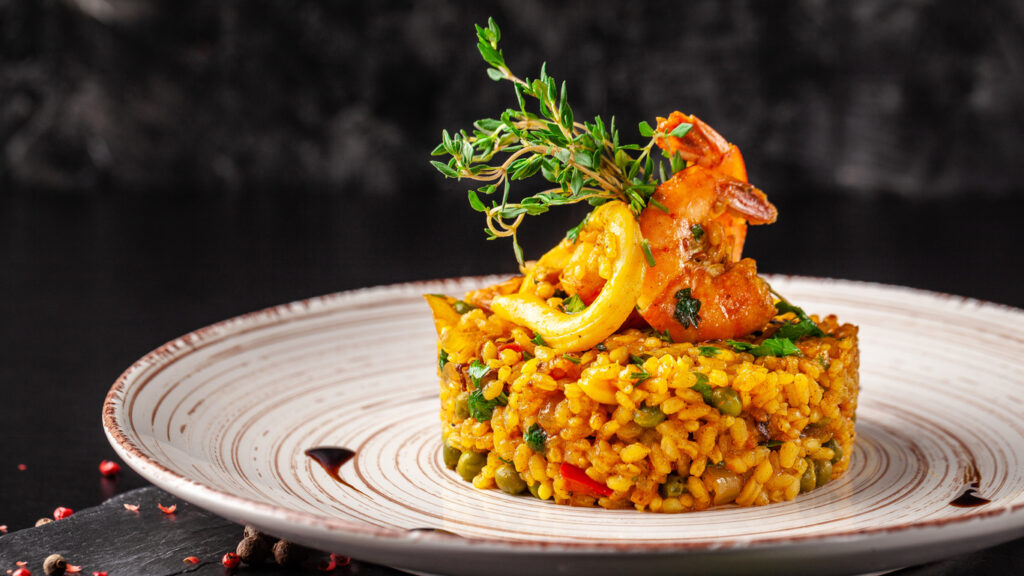
In conclusion, both White Zinfandel and Provence Rosé offer unique characteristics that make them versatile choices for food pairing. While White Zinfandel thrives when paired with spicy or rich foods like Thai cuisine or seafood entrees such as lobster or shrimp, Provence Rosé shines when enjoyed alongside light Mediterranean fare like salads and grilled veggies.
How to serve White Zinfandel and Provence Rose
When it comes to serving White Zinfandel and Provence Rose, temperature is key. Both wines are best enjoyed chilled, but finding the correct temperature can enhance their flavors and aromas. For White Zinfandel, aim for a temperature between 45-50°F (7-10°C). This slightly cooler than usual serving temperature will help bring out the fruity and floral notes.
It prevents you sweet wine from overwhelming the palate with sweetness. As for Provence Rose, a temperature of around 50-55°F (10-13°C) allows its delicate flavors to shine through while maintaining a refreshing crispness.

To elevate your White Zinfandel experience, consider pairing it with lighter fare such as salads or grilled chicken. The wine’s natural acidity pairs well with these dishes, enhancing their flavors. You may also experiment by adding a splash of sparkling water to create a refreshing spritzer that is perfect for hot summer days.
When it comes to serving Provence Rose, it shines when paired with seafood like oysters or grilled fish. The wine’s subtle hints of citrus and herbal notes complement these delicate dishes beautifully.

Conclusion
In conclusion, while White Zinfandel and Provence Rosé may both be popular choices for a refreshing and light wine, there are significant differences between the two. White Zinfandel is known for its sweeter taste and higher residual sugar content. This makes it a great choice for those who prefer a fruitier flavor profile.

